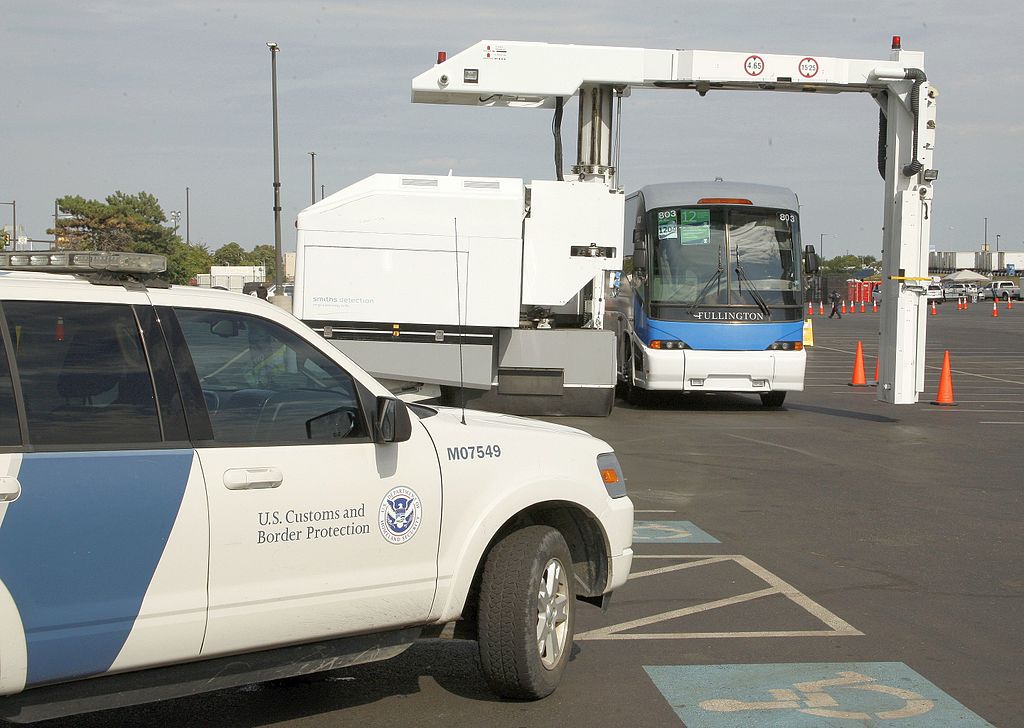The GOP-led House was set to pass the “Secure the Border Act” Thursday, coinciding with the end of the Covid-era Title 42 migrant expulsion policy.
The use of the U.S. health code’s Title 42 to expel migrants at the border ends on Thursday along with the end of the Covid-19 national public health emergency. The days immediately ahead of the deadline had already led to a growing influx of migrants at the border.
While the Biden Administration has put new policies in place and deployed some 1,500 active duty troops to aid the 24,000 law enforcement officials on the border, the House Judiciary, Homeland and Foreign Affairs Committees passed the chamber’s sweeping, 213-page border security bill.
The “Secure the Border Act” includes among its provisions funding to restart former President Trump’s border wall project and enhancing technology that monitors the United States’ southern and northern borders. The legislation would also allot millions of dollars to increase the number of Border Patrol agents. It also includes changes that Republicans say would streamline the asylum process.
The White House has blasted the “Secure the Border Act,” saying it would make “elements of our immigration system worse.” The Administration says President Biden would veto it if it makes it to his desk.
Before it ever gets that far, though, the proposal is likely dead on arrival as-is in the Democratic-led Senate. However, bipartisan groups in both Congressional chambers reportedly consider its passage an opportunity to jump-start substantive discussions to address the broader immigration issues.
“What we offer today through this rule is legislation that will strengthen our southern border, secure this country, protect Americans, protect migrants,” Rep. Chip Roy (R-TX) said Wednesday. “It’s pretty straightforward.”
The White House, meanwhile, has struck a deal with Mexico’s government that would allow the U.S. to deport thousands of non-Mexican migrants to Mexico each month, as long as the U.S. also accepts a similar number of migrants through new legal pathways.
The government is also establishing more migrant processing centers while at the same time imposing a new restriction stating that as of Thursday, migrants caught crossing the border illegally will not be allowed to return for five years. They can face criminal prosecution if they attempt to do so.
A reported 190,000 people have been waiting at the Southern border in anticipation of Thursday’s lifting of Title 42.
As of Wednesday morning, there were more than 28,000 migrants in Customs and Border Protection custody, according to a Homeland Security official.


